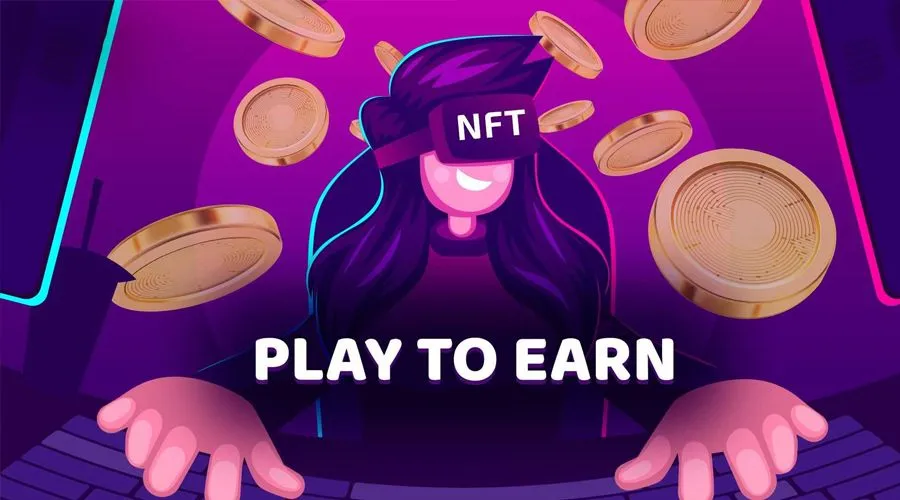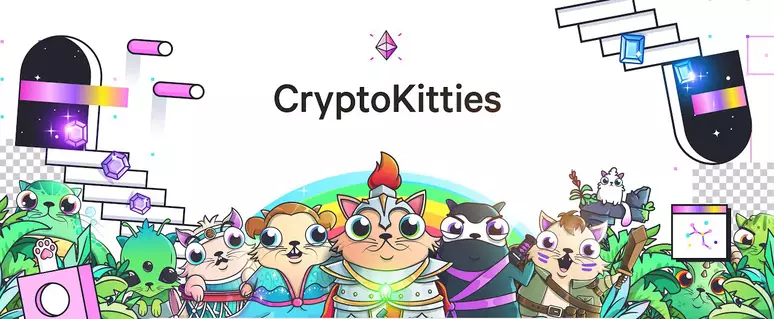The emergence of Game Fi, a fusion of gaming and decentralized finance (DeFi), has revolutionized the gaming landscape, particularly through the implementation of play-to-earn (P2E) models. This innovative approach allows players to earn real-world value through in-game activities, creating a new paradigm for monetization in game development. This article delves into advanced strategies for monetizing P2E models, supported by real-world examples, complex data, and research findings.
Understanding the Play-to-Earn Model
The P2E model enables players to earn cryptocurrency or non-fungible tokens (NFTs) by engaging in gameplay. Unlike traditional gaming models that rely on in-game purchases or subscriptions, P2E games incentivize players to invest time and effort into the game, thereby creating a sustainable economy within the game ecosystem. According to a report by DappRadar, the P2E gaming sector generated over $1 billion in revenue in 2021, highlighting its potential for growth and profitability (DappRadar, 2021).

Key Strategies for Monetizing P2E Games
1. Tokenomics Design
Effective tokenomics is crucial for the success of any P2E game. Developers must create a balanced ecosystem where the in-game currency (often a cryptocurrency) has real-world value. This involves designing a supply and demand model that encourages players to earn, spend, and trade tokens. For instance, Axie Infinity employs a dual-token system with Axie Infinity Shards (AXS) and Smooth Love Potion (SLP), allowing players to earn SLP through gameplay while using AXS for governance and staking (Axie Infinity, 2021).
2. NFT Integration
NFTs play a pivotal role in P2E games, providing players with unique digital assets that can be bought, sold, or traded. By integrating NFTs into the game, developers can create scarcity and enhance the value of in-game items. For example, in the game Decentraland, players can purchase virtual land as NFTs, which can appreciate in value over time. According to NonFungible.com, the NFT market reached a valuation of $10.7 billion in Q3 2021, indicating a growing interest in digital collectibles (NonFungible.com, 2021).
3. Community Engagement and Governance
Building a strong community is essential for the longevity of P2E games. Developers can implement decentralized governance models, allowing players to participate in decision-making processes. This not only fosters a sense of ownership but also encourages players to invest more time and resources into the game. For instance, the game The Sandbox allows players to vote on game development proposals using its native token, SAND, thereby enhancing community engagement (The Sandbox, 2021).
4. Strategic Partnerships and Collaborations
Forming strategic partnerships can significantly enhance the visibility and reach of P2E games. Collaborations with established brands or other gaming platforms can attract new players and create additional revenue streams. For example, the partnership between Fortnite and Marvel allowed players to purchase exclusive skins and items, generating substantial revenue for both parties. Similarly, P2E games can collaborate with popular franchises to create limited-edition NFTs, driving demand and engagement.
5. Layered Monetization Strategies
Developers should consider implementing multiple monetization strategies within their P2E games. This can include in-game purchases, subscription models, and advertising. For instance, the game CryptoKitties allows players to buy, sell, and breed virtual cats, generating revenue through transaction fees. Additionally, integrating advertising partnerships can provide an additional revenue stream without compromising the player experience. According to a report by Newzoo, the global gaming market is expected to reach $218.7 billion by 2024, with mobile gaming accounting for a significant portion of this growth (Newzoo, 2021).

CryptoKitties generates revenue through virtual cat transactions.
6. Continuous Game Development and Updates
To maintain player interest and engagement, developers must prioritize continuous game development and regular updates. This includes introducing new features, expanding the game world, and addressing player feedback. For example, the game Splinterlands regularly releases new cards and game modes, keeping the community engaged and encouraging players to invest in the game. According to a survey by Statista, 74% of gamers prefer games that receive regular updates and new content (Statista, 2021).
Real-World Examples of Successful P2E Games
Several P2E games have successfully implemented these strategies, demonstrating the potential for monetization in this space. Axie Infinity, for instance, has garnered over 2 million daily active users and generated over $1 billion in revenue since its launch in 2018. The game’s success can be attributed to its robust tokenomics, NFT integration, and strong community engagement.
Another notable example is The Sandbox, which has raised over $93 million in funding and boasts a thriving virtual world where players can create, own, and monetize their gaming experiences. The Sandbox’s focus on user-generated content and strategic partnerships has contributed to its rapid growth and popularity.
Challenges and Considerations
While the P2E model presents numerous opportunities for monetization, developers must also navigate several challenges. Regulatory concerns surrounding cryptocurrencies and NFTs can impact the viability of P2E games. Additionally, the volatility of cryptocurrency markets can affect player earnings and overall game stability. Developers must stay informed about regulatory developments and implement measures to mitigate risks associated with market fluctuations.
Conclusion
In summary, the Game Fi landscape offers a wealth of opportunities for monetizing P2E models through strategic tokenomics design, NFT integration, community engagement, partnerships, layered monetization strategies, and continuous development. By leveraging these strategies, game developers can create sustainable ecosystems that not only enhance player experience but also drive revenue growth. As the gaming industry continues to evolve, embracing the P2E model will be crucial for developers looking to capitalize on the burgeoning Game Fi market.
Key Takeaways:
- Effective tokenomics and NFT integration are essential for creating a sustainable P2E ecosystem.
- Community engagement and decentralized governance foster player loyalty and investment.
- Strategic partnerships can enhance visibility and create additional revenue streams.
- Implementing layered monetization strategies can diversify income sources.
- Continuous game development is vital for maintaining player interest and engagement.
By understanding and implementing these strategies, game developers can successfully navigate the complexities of the Game Fi landscape and unlock the full potential of play-to-earn models.

